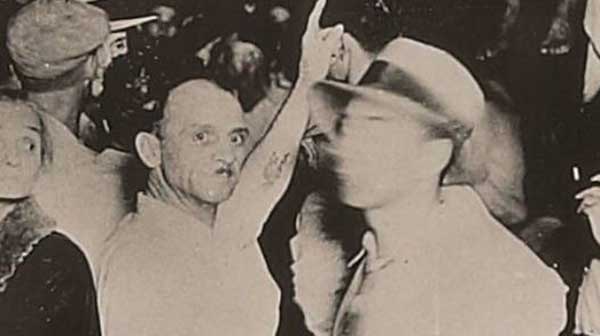
Blurred Identities: The Art and Audience of Lynching Photography
Terence Washington, departments of academic programs and modern art, National Gallery of Art
Between the late 19th and the mid-20th centuries, white Americans conducted thousands of lynchings, using these extrajudicial killings to intimidate non-whites and mete out what they considered to be justice. Increasingly, photographs were taken of lynchings and spectators and were distributed to extend the effect of the mobs’ violent tactics. A 1930 photograph by Lawrence Beitler (1885–1960) of a lynching in Marion, Indiana, inspired the song “Strange Fruit” and contributed to the anti-lynching movement in the United States. Terence Washington examines the photograph and the events surrounding the lynching, taking the blurry figure in the photograph’s foreground as a point of departure to discuss the mechanisms of American white supremacy.